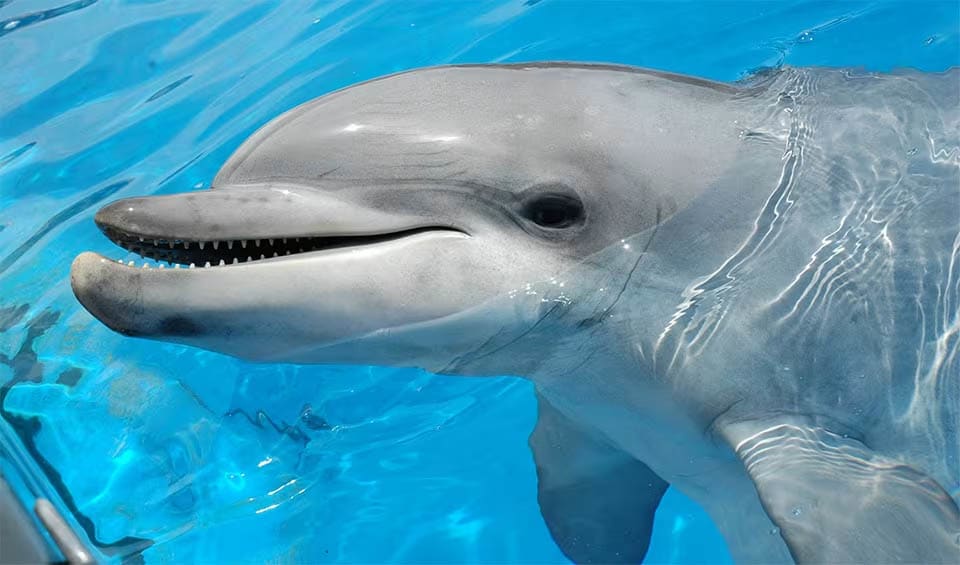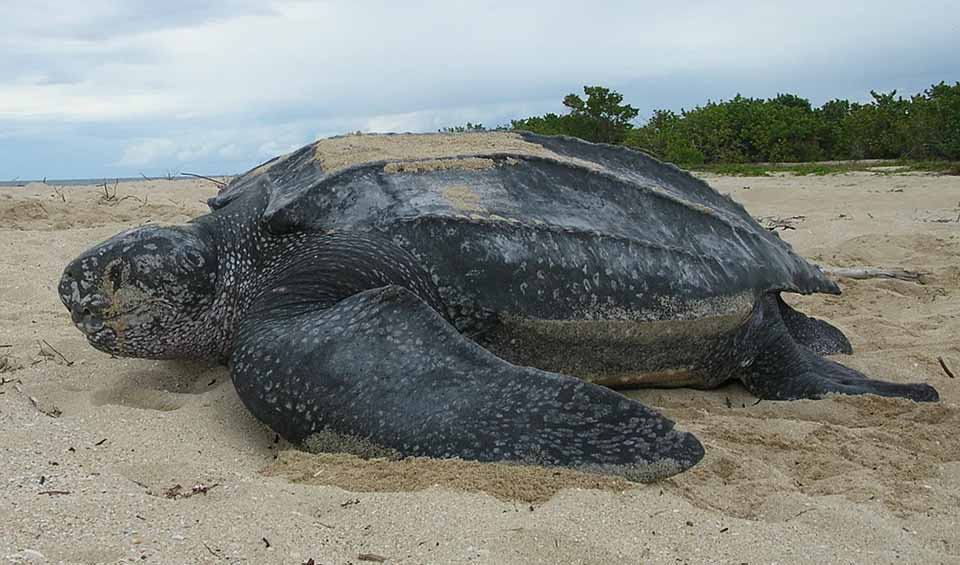St. Kitts and Nevis, a dual-island nation in the Caribbean’s Leeward Islands of the Lesser Antilles, lies southeast of Puerto Rico. Renowned for their stunning natural beauty, rich history, and vibrant culture, these volcanic islands feature towering peaks such as Mount Liamuiga on St. Kitts, which rises to 1,156 meters (3,793 feet) and offers challenging hikes through dense rainforests teeming with flora and fauna. Nevis Peak, the highest point on Nevis at 985 meters (3,232 feet), is similarly covered in lush tropical vegetation and is a favorite among hikers.
The islands also boast pristine beaches with golden to black sand, including Pinney’s Beach on Nevis and Frigate Bay on St. Kitts, along with coastal areas featuring mangroves, salt ponds, and rocky cliffs. Encircling coral reefs are rich with marine life, providing habitats for various species and attracting snorkeling and diving enthusiasts with their clear, warm waters ideal for observing colorful fish, sea turtles, and other marine creatures.
Four pillars elaborated:
St. Kitts and Nevis boasts a network of protected areas, including the UNESCO World Heritage Site Brimstone Hill Fortress National Park and several marine protected areas such as the Southeast Peninsula Marine Management Area. The marine protected areas host a diverse array of marine life, including sea turtles, dolphins, and whales, playing a crucial role in conserving marine biodiversity. The terrestrial protected areas encompass rainforests, cloud forests, and dry forests, providing habitats for a variety of plant and animal species, including monkeys, birds, and reptiles. Land Management
Land Management
Threats to biodiversity in St. Kitts and Nevis are driven by a complex interplay of factors at various geographic scales and trophic levels, including demographic changes, socio-economic conditions, market forces, policy frameworks, and built developments. Immediate threats to biodiversity resources include private land ownership, climate change and sea level rise, invasive species and diseases, an unsustainable resource base, wildfires, ecosystem loss, pollution, recreational pressure, and human disturbance. Threats to Biodiversity
Threats to Biodiversity
The government’s decision to close the centuries-old sugar industry in 2005 left large areas of land unmanaged. Although these lands have been allocated mainly for housing and non-sugar agriculture, rapid vegetation succession has occurred. The shift from sugar cane to guinea grass and shrubbery has had negative environmental impacts, with frequent bushfires disrupting and threatening the breeding and nesting sites of birds, monkeys, lizards, and other fauna. Additionally, these fires pose significant health risks, particularly for asthma patients.
St. Kitts and Nevis enacted its Biosafety Act in 2012 and aims to sign the Nagoya Protocol on Access to Genetic Resources by 2016. The country is working to identify financial resources to support the revised National Biodiversity Strategy and Action Plan (NBSAP), including developing a National Financial Strategy and securing budget allocations from the Ministry of Sustainable Development. In 2010, an assessment of capacity-building needs in biodiversity management was conducted to explore ex situ and in situ conservation strategies. Capacity and Governance
Capacity and Governance
Guidelines were developed to integrate biodiversity conservation into various national development themes such as poverty reduction, agriculture, environmental protection, and climate change adaptation. The country has been implementing actions and policies from the Barbados Programme of Action and the Mauritius Strategy and is participating in a GEF-funded project on integrating water, land, and ecosystems in Caribbean SIDS, targeting the College Ghaut Watershed and its outfall at the Basseterre waterfront.
St. Kitts and Nevis’ National Biodiversity Strategy and Action Plan (NBSAP) outlines strategies and actions for conserving biodiversity, aiming to meet the goals of the Convention on Biological Diversity (CBD) by 2030. Under the Paris Agreement, the country’s Nationally Determined Contribution (NDC) targets a 22% reduction in greenhouse gas emissions by 2025 and 35% by 2030 compared to the business-as-usual scenario, contributing to mitigating climate change impacts on biodiversity. Future Trends
Future Trends
Additionally, St. Kitts and Nevis is committed to achieving the Sustainable Development Goals (SDGs), including SDG 14 (Life Below Water) and SDG 15 (Life on Land), which focus directly on biodiversity conservation.
Biodiversity
St. Kitts and Nevis are home to several marine reptile species, including the endangered Green Turtle, Hawksbill Turtle, and Leatherback Turtle. The Department of Fisheries and the St. Kitts Sea Turtles Monitoring Network collaborate to conserve these species. Endemic Ground and Green Lizards are extremely common, as are Giant and Common Woodslaves. Snakes are rare due to the introduction of mongooses, but they do exist on the islands.The Giant Toad, introduced to control pests like grey-backed cane beetles and rodents, and the Browne Tree Frog, endemic to the islands and found mainly in moist forests, are notable amphibians. The native Mountain Chicken or Crapaud is also present. Since the closure of the sugar industry in 2005, there has been a resurgence of wildlife, particularly in rural wooded areas.
In the table below are the number of known species in several main groups, how many of these species are Threatened with extinction, and how many of them are Endemic (unique to St. Kitts & Nevis only):
| Species (World rank) |
Threatened | % Threatened | Endemic | % Endemic | |
|---|---|---|---|---|---|
| Mammals | 32 (#179) | 2 | 6.3% | ||
| Birds | 166 (#179) | 3 | 1.8% | ||
| Reptiles | 3 (#205) | 3 | 100% | ||
| Amphibians | 3 (#175) | 1 | 33.3% | ||
| Fishes | 459 (#129) | 33 | 7.2% | ||
| Plants | 818 (#186) | 2 | 0.2% |
mammals
Green monkey
Covered in thick golden fur with a touch of green, which is how they get their common name
Common bottlenose dolphin
Known for their acrobatic leaps, twisting and turning gracefully as they jump completely out of the water
birds
Roseate spoonbill
An easily recognizable bird due to its pink body and spatulate bill
Little egret
During breeding, they transform with elegant white plumage, adorned by decorative plumes on the head, neck, and back
Red-billed tropicbird
Professional marine forecasters to optimize breeding success and prey availability
reptiles
Loggerhead sea turtle
One of the largest and strongest sea turtles in the world
Leatherback sea turtle
The mysterious diver of the ocean is the largest and only sea turtle without a hard shell and scales
Hawksbill sea turtle
Its slender frame and narrow head bear a beak curved like a hawk’s, earning this marine marvel its name
National Animals
Brown pelican
The smallest of the eight pelican species













